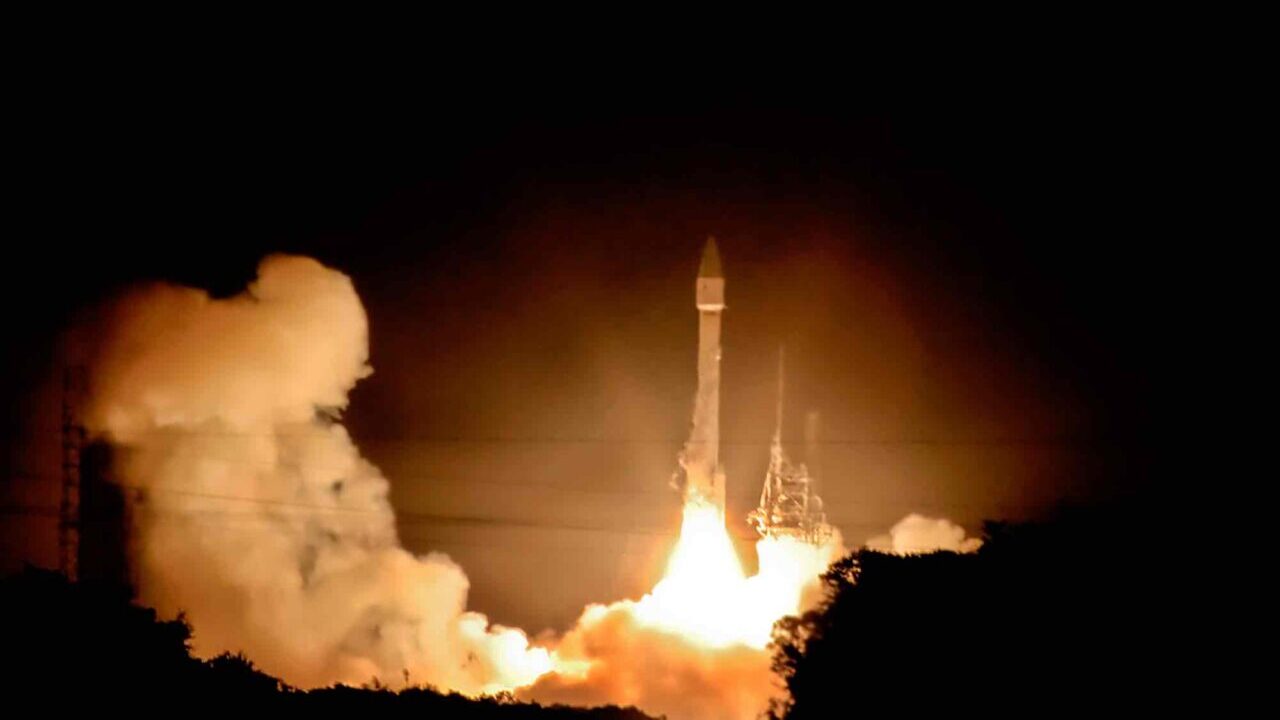As part of the tests of Relativity Spacea California-based aerospace startup, launched the Terran 1 booster: the world’s first rocket made through 3D printing.
The launch was, to be optimistic, a half success. Minutes after a successful liftoff from Cape Canaveral, Florida, the booster encountered an anomaly that prevented it from reaching orbit. Specifically, the anomaly concerned the upper stage of the rocketthe second stage, the one that was supposed to allow the ignition of the main engines after separation from the main engine.
Relativity Space Launches World’s First 3D Printed Rocket
Terran 1 did not carry any cargo or satellites, being in fact a test mission called, not surprisingly, “Good Luck, have fun”. The purpose of the test was to allow engineers to study the behavior of the booster on the launch pad and in flight.
“Nobody had ever attempted to launch a 3D printed rocket into orbit, and while we didn’t make it all the way today, we have collected enough data to show that it is possible to fly rockets like this,” he said. Arwa Tizani Kellya launch tester and technical manager of Relativity Space.
Relativity Space experts will analyze flight data in the coming days to more precisely determine the cause of the anomaly.
Is 3D printing the future of space aviation?
According to Relativity Space, 3D printing could make it cheaper to build rockets, space capsules and other components for missions to the Moon and beyond. Some rockets with individual 3D printed components have already successfully reached orbit in different missions. However Terran 1, made almost entirely with 3D printing (85% according to Relativity Space), still has a lot of work to do.
Relativity said its aim is to build rockets that are at least 95 percent 3D printed and with fully reusable components.















Leave a Reply
View Comments